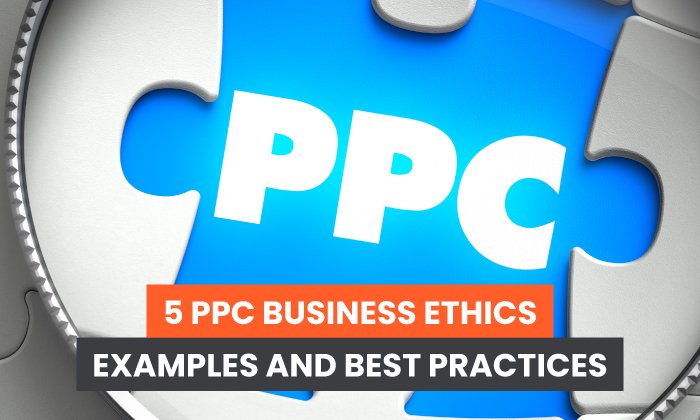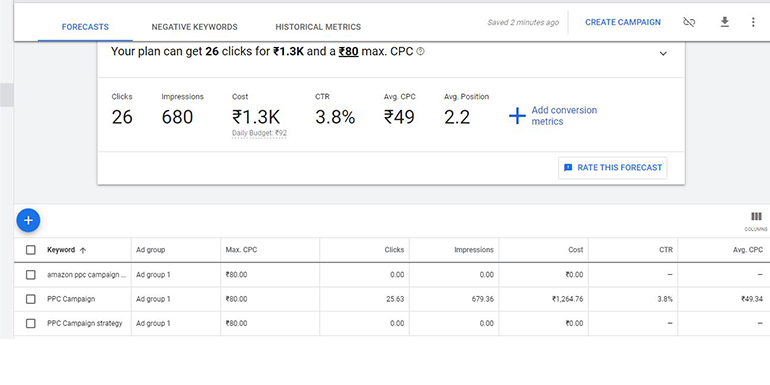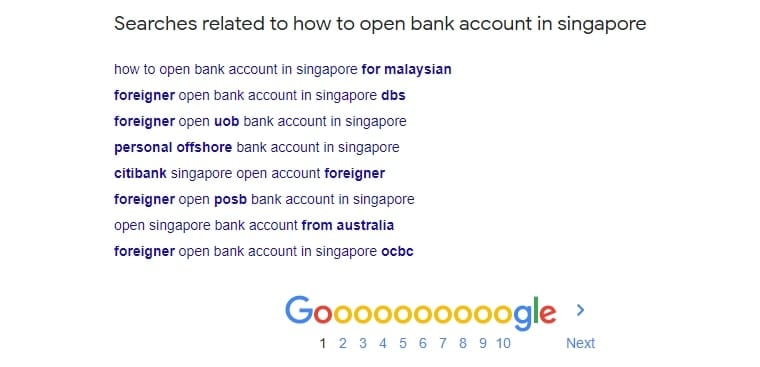PPC
PPC Task Checklist For Account Success
Whether you’re a PPC master or a relative newbie, the benefits of a checklist cannot be overstated. Entire books have been devoted to the power of the checklist, and while checklist adoption may have more impact for professions like surgeons and pilots where there are actual lives on the line, digital marketers can also benefit greatly from their adoption.
This remains true even as more and more elements of PPC management become automated. While things like bid adjustments and evaluating ad copy may no longer be managed as closely as they were in the past, it will always be a good idea to periodically evaluate the automated settings your accounts have in place to make sure they’re achieving the desired effect. While each account and each individual will benefit from different checklist items, the list below includes those that I’ve found to be especially impactful along with the suggested frequency for checking them.
Weekly PPC Tasks
Project Performance
Project the performance of your account to see if you are over or under goals and adjust accordingly. The two metrics I focus on with my accounts are spend and conversions. If an account is projected to overspend, I know I have to decrease keyword bids or decrease my budgets. If I am trailing on conversions I could raise bids on keywords or shift budget away from poor performing campaigns to top-performing campaigns.
Display Network Review
Exclude placements (websites/apps/etc…) that have spent a lot of money without converting. If you have placements where you are performing well or converting for a high CPL, consider adding them to management placements to bid separately. Also check to make sure your campaigns are utilizing site category exclusions to help keep your ads from running on unwanted sites like sexually suggestive content, sensitive social issues, or in-game placements you might find on mobile apps. Need to exclude placements on mobile apps altogether? See this post for instructions.
Bid Changes
If you are using manual bidding, adjust bids on keywords that are generating the most of your daily spend, converting but in lower positions, spending without converting, converting above CPL. If you are using automated bidding then pause any keywords that have high spend but no conversions.
Check Budgets
Run a report for the past seven days to see if spend is hitting your daily budget. Re-allocate budgets accordingly, giving a larger portion to higher converting campaigns.
Pause Underperforming Keywords
Pause keywords that have spent without converting or have a low CTR and could harm account performance and lower Quality Score.
Bi-Weekly PPC Tasks
Negative Keyword Additions
Run a SQR (search query report) to find irrelevant search terms you can add as negative keywords into your account. Eliminating these keywords will increase CTR by preventing unqualified traffic from seeing or clicking your ad. You may want to do this weekly for newer accounts until you build up a solid negative keyword list.
Keyword Expansion
Use SQRs, the Google Ads Keyword Planner, and monitor the competition for potential keyword additions. If a certain search term is converting, or you start seeing keywords appearing again and again, build out new ad groups and test.
Ad Review
Pause underperforming ads and write new ads to test. You should be testing at least three extended text ads per ad group at all times. Make sure you have gathered enough impressions data to truly evaluate performance. If you have low traffic in your campaigns you might push this to a monthly task to ensure you have a large enough data set to make an informed decision. Keep in mind that if the ad group in question is set to optimize for better performing ads the system will already be showing the better-performing ads more often. Still, you should be periodically retiring low-performing ads and adding new variations to compete against the high-performing ads.
Impression Share Report
If your Impression Share is low and your client’s budget allows for increased spend, consider either increasing your daily budgets, tightening up your match types, pausing less targeted keywords or a combination of the above.
Monthly Tasks
Check Campaign Settings
Look at the settings of each of your account’s campaigns once a month to make sure they are correct. Check that you’re targeting the correct locations, languages, networks, and devices. You make a lot of changes to your account in a month, and it’s much easier than you’d think to accidentally select the wrong setting.
Landing Page Review
Run a Final URL report to see if you have any weak performing landing pages that can be removed in order to devote more traffic to top-performing pages. Create new landing page variations based on the top-performing pages to continue testing. Test different form lengths, copy, images, headlines, etc. See this post for a primer on best practices.
Bi-Monthly Tasks
Geotargeting
Run a Geographic report to determine locations where performance is above or below average. Consider excluding poor performing locations or breaking out campaigns to better target different areas. Another option is to add negative bid modifiers on poor performing locations and positive bid modifiers on high performing locations.
Time of Day/Day Parting
Look at the performance by day of week and hour of the day. Lower bids or pause campaigns during hours of low or no conversions and boost bids during peak performance times.
Historical Performance Review
Analyze account performance over the past two years to evaluate any seasonal or other long-term trends in the data.
Wrapping Up
While digital marketers won’t be using checklists to perform heart surgery or ensure a plane is flight-ready, their use can both improve performance and prevent impactful mistakes. The list above should get you started, but you’ll find the most success by creating unique lists for each of the accounts you manage. Happy PPCing!
———-
Post updated by Dan Rocklin (prior post date: 3/26/18)







